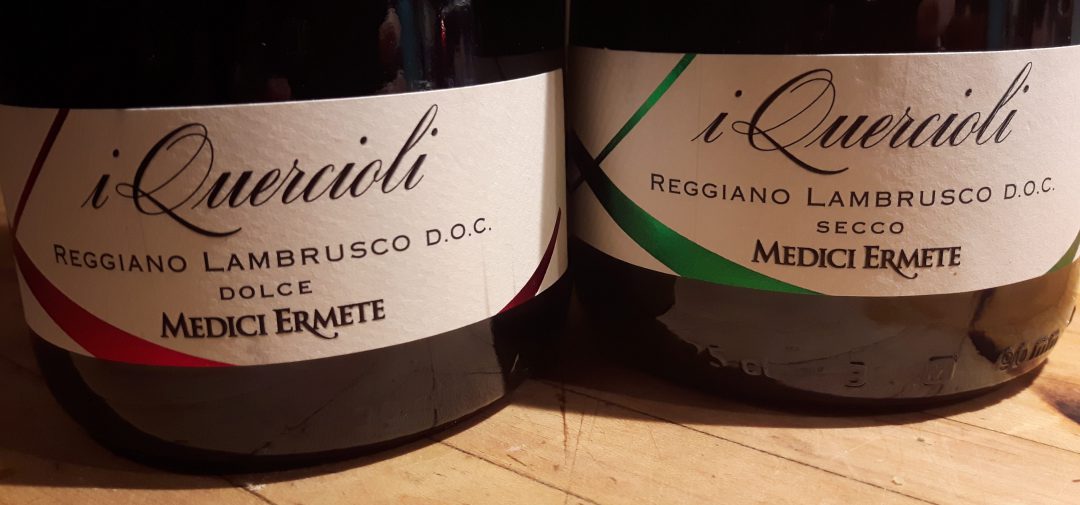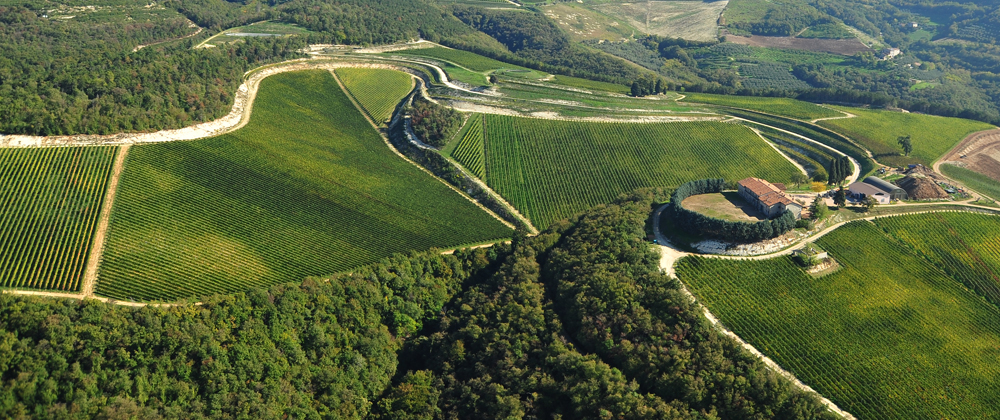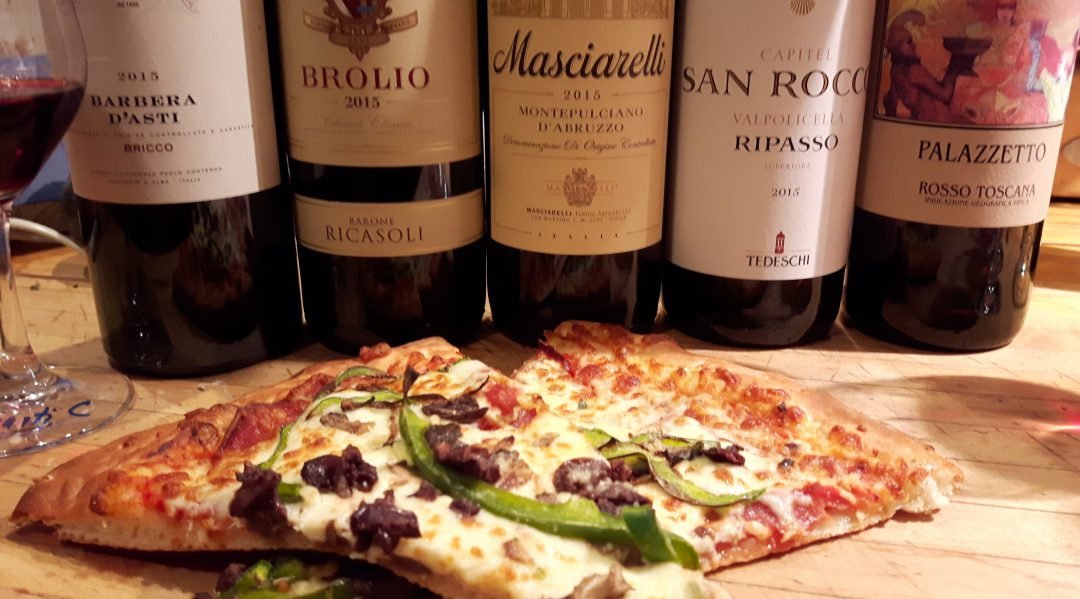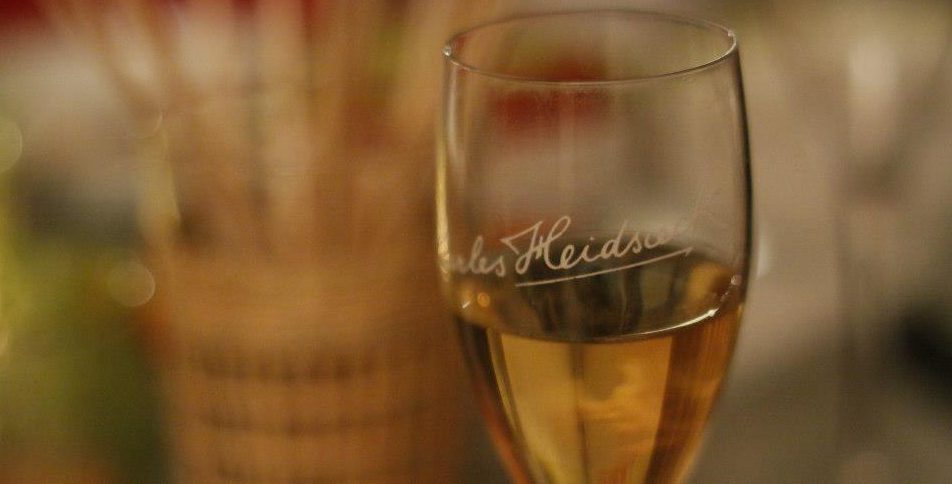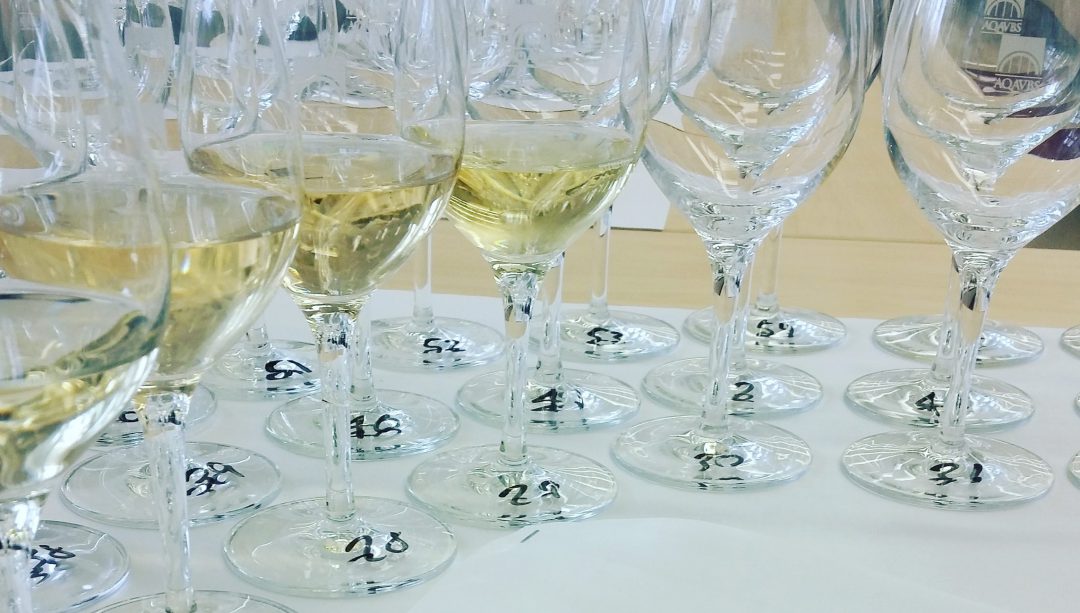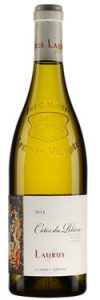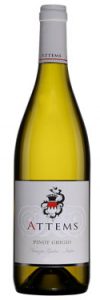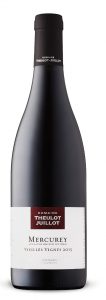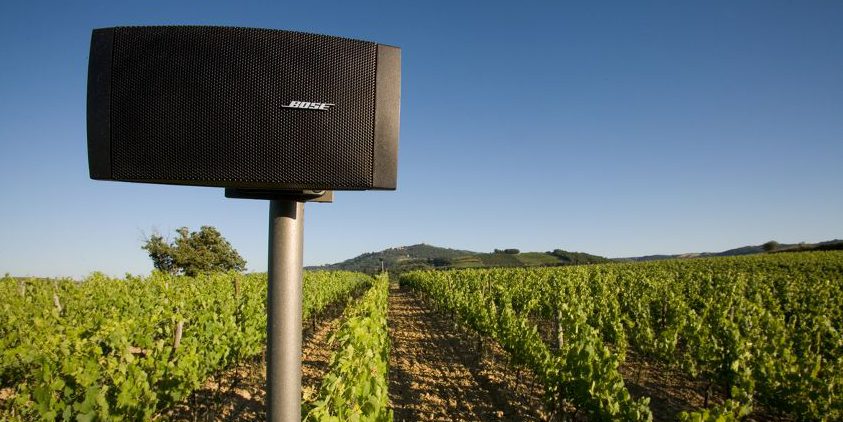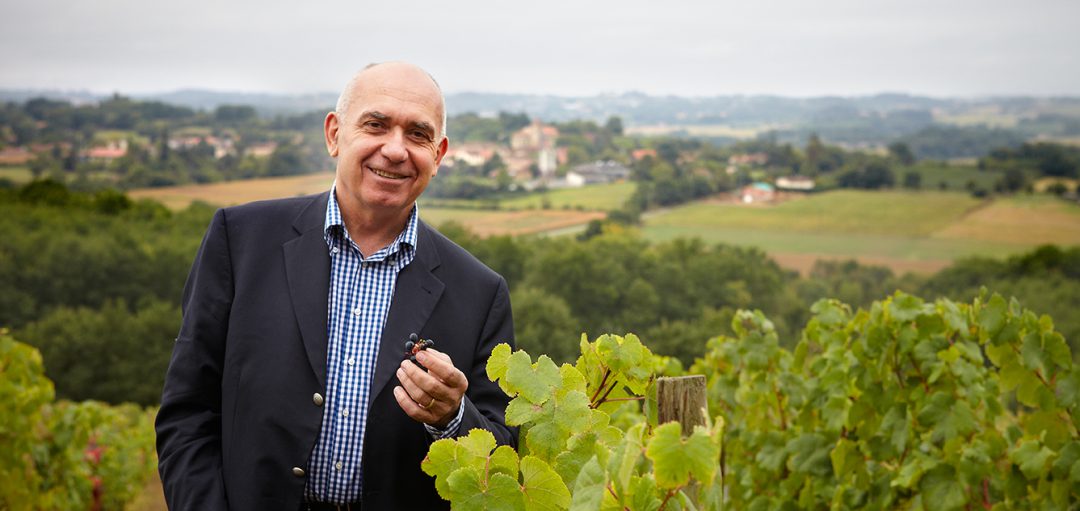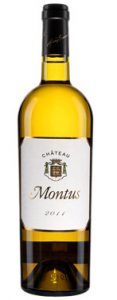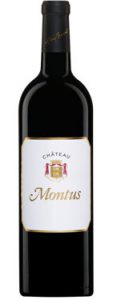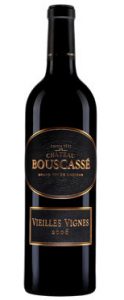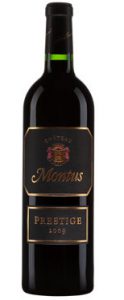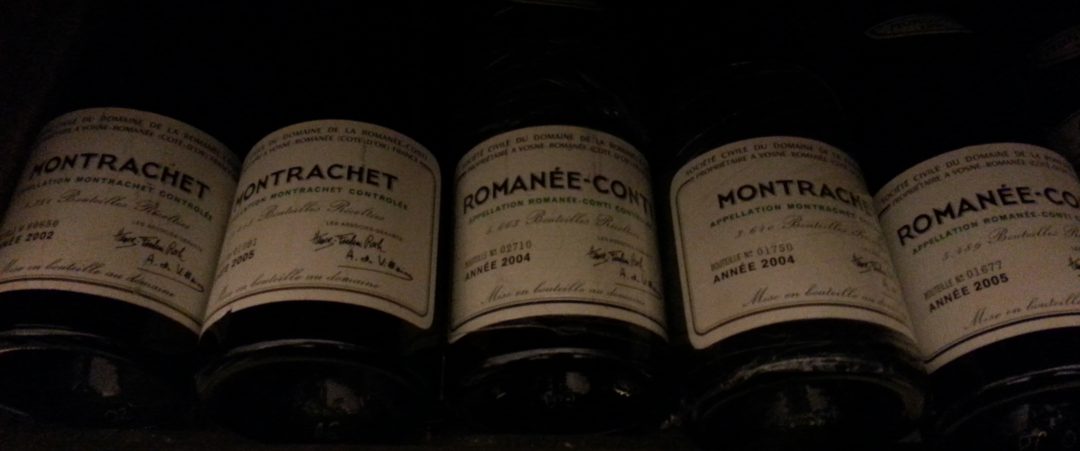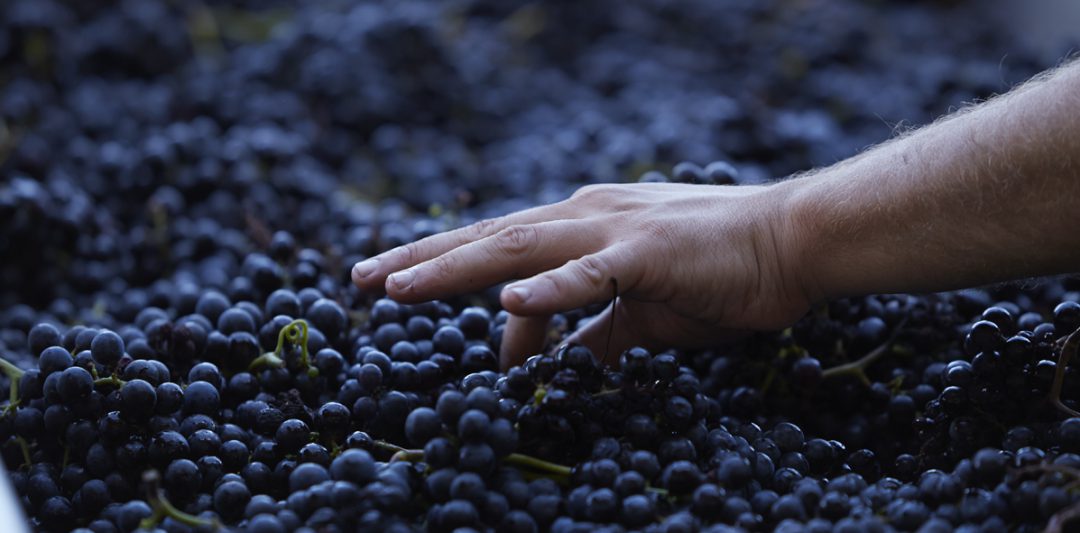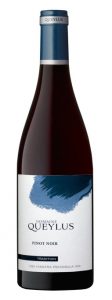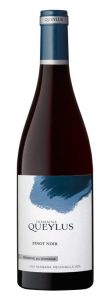Italy is the largest producer of sparkling wine on the planet. With its delicate bubbles, fruity personality, and affordable price, Prosecco has taken the world by storm. No longer reserved for special occasions, sparkling wine is now a popular after-work cocktail choice and brunch pairing.
But did you know that Italy also produces sparkling red wine?
And, did you also know that sparkling red wine is actually one of the oldest wine styles in existence? Some eperts claim that the Romans purposely left wine-filled amphorae in sunny spots to spur on a secondary fermentation, rendering still red wines slightly fizzy. Other historians claim that sweet, bubbly red wines were more often than not accidental, rather than a function of applied technique.
Whatever the historical methods, today’s version is definitely a deliberate, carefully crafted wine style. And it is called Lambrusco.
Forget any hazy notions you might have of Lambrusco as ultra-sweet, grape soda-pop wine. The better bottlings on the market today bear little ressemblence to this inglorious past. They remain vibrantly fruity – think tangy red berries and rhubarb – but are much drier, with intriguing earthy, savoury nuances, and an attractive bitter sensation on the finish. They are also quite light in alcohol; hovering around 11.5% for the most part.
Lambrusco hails from Emilia-Romagna. This verdant corner of northern Italy is one of the country’s heaviest culinary hitters. Parmigiano-Reggiano cheese, balsamic vinegar, spaghetti Bolognese, lasagna, prosciutto di Parma…these are just a handful of the region’s gastronomic treasures.
Confusingly, Lambrusco is both the name of the wine style, and the family of grapes from which it is produced. Over 60 different, related grapes exist in the Lambrusco family. They are all indigenous to the Emilia area, though they are planted more widely today.
Four of the best-quality Lambrusco grapes include:
- Lambrusco Grasparossa (deep in colour, bold, fleshy, tannic)
- Lambrusco Maestri (inky dark colour, intense, grapey perfume)
- Lambrusco Salamino (deep purple colour, vibrant acidity, fruity, floral aromas, full-bodied)
- Lambrusco di Sorbara (pale in colour, vibrant acidity, very fragrant, highly concentrated flavours)
Lambrusco wines are generally a blend of several Lambrusco grapes, as well as a small percentage (15% or less) of other local varieties. Cabernet Sauvignon is also a permitted, minor blending grape, bringing body and firmer structure to wines.
Styles range from secco (anywhere from bone-dry: 0g/L residual sugar, up to subtly fruity: 15g/L), semi-secco (off-dry: 12 – 32g/L), amabile (medium sweet: 30 – 50g/L RS), dolce (sweet: 45g/L +). If you like your bubbly dry, ask your friendly liquor store employee what the wine’s “residual sugar” is before purchasing. They usually have this kind of information on file. Residual sugar is a wine geek’s term for the sweetness level. Anything at 6g/L or less should appear quite dry, while the 6 – 12g/L range should still just give you a ripe, fruity finish rather than intense sweetness.
The majority of Lambrusco is made via tank fermentation. This process gives soft, gentle bubbles deemed “semi-sparkling” – or Frizzante in Italian. If you are curious to learn more about sparkling wine production methods (and who isn’t, really?), check out my “Bubbles” article here for more information.
Increasingly, Lambrusco producers are experimenting with other vinification techniques like the “metodo classico” (traditional method bottle fermentation, as in Champagne), and the “metodo ancestrale” (ancestral method, a variant on bottle fermentation). The former produces wines with much more vigourous mousse, and a creamy, layered quality on the palate. The latter is generally semi-sparkling, but with added nuance and textural appeal.
I was re-introduced to the exciting world of Lambrusco by the charming Scardova Ermes. As the export manager for leading Lambrusco producer Medici Ermete, Scardova travels the world singing the praises of his fine red bubblies.
Medici Ermete is a family-owned winery in Reggio Emilia, with over a century’s experience in crafting fine Lambrusco. They own 75 hectares of vineyards, and also source top quality grapes from long-standing grower partners. They receive regular accolades for their wines, including the top score of Tre Bicchieri in Italy’s famous Gambero Rosso wine publication, over 9 consecutive years, for their Concerto wine.
Scardova kindly sent me a range of wines to try. I roped in my esteemed sommelière friend Michelle Bouffard to taste with me. Here are our impressions:
Medici Ermete “Phermento” Lambrusco (metodo ancestrale)
Crafted from the pale, fragrant Lambrusco di Sobara grape, grown on top vineyard sites in the Modena area, this is a lovely apéritif wine. Vibrant aromas of rhubarb, wild strawberries, and herbal notes feature on the nose. The palate is crisp and lively, with delicate bubbles, and a very dry finish. The subtly creamy texture, and hints of baker’s yeast, give this pretty, pale pink bubbly additional appeal.
Medici Ermete “Concerto” DOC Reggiano Lambrusco 2016 – secco
A more robust offering, with a deep purple hue and medium body. Aromas of wild blueberry, candied cherry, and balsamic hints reveal themselves upon aeration. This fresh, delicately sparkling – secco style red- has soft tannins, and a bright, fruity finish (10g/L residual sugar).
Medici Ermete “I Quercioli” DOC Reggiano Lambrusco – secco
Made predominantly from a blend of Lambrusco Salamino and Lambrusco Marani grapes, this attractive red hails from one of Medici Ermete’s top estates, Tenuta Quercioli. Medium purple in colour, this weighty offering features elegant floral, crushed raspberry, dark berry, and herbal nuances on the nose. The palate is wonderfully textured, with lots of tangy berry fruit, and fine, subtly bitter tannins. Bright acidity ably balances the off-dry finish (14g/L).
Medici Ermete “I Quercioli” DOC Reggiano Lambrusco – dolce
Similar sourcing and blend as the previous wine, but crafted in a sweet style. Complex, earthy aromas abound, underscored by ripe plum, prune, balsamic notes, herbal nuances, and mulling spices. Rich and very smooth on the palate, the soft bubbles, and fresh acidity lift this dessert-style wine nicely. Savoury hints add interest on the finish, as do the mildly astringent tannins.
Serving Tips
These are wines to drink chilled. Medici Ermete suggests a serving temperature of 8 – 10°c. The mix of earthy, savoury notes, gentle tannins, and subtle fruity sweetness (for the secco wines) makes these semi-sparkling reds a fun pairing choice for a wide variety of dishes. Give them a try with a mixed plate of charcuterie and hard cheeses. Salut!
Where to buy
Unfortunately, good quality Lambrusco is hard to find on most liquor store shelves. Medici Ermete’s Concerto is available in Québec (17.70$) and BC (19.99$). To enquire about the other wines in their range, contact their regional agents: Italvine in Québec, Profile Wine Group in Ontario, Stile Brands in Western Canada, Kobrand in the USA.

